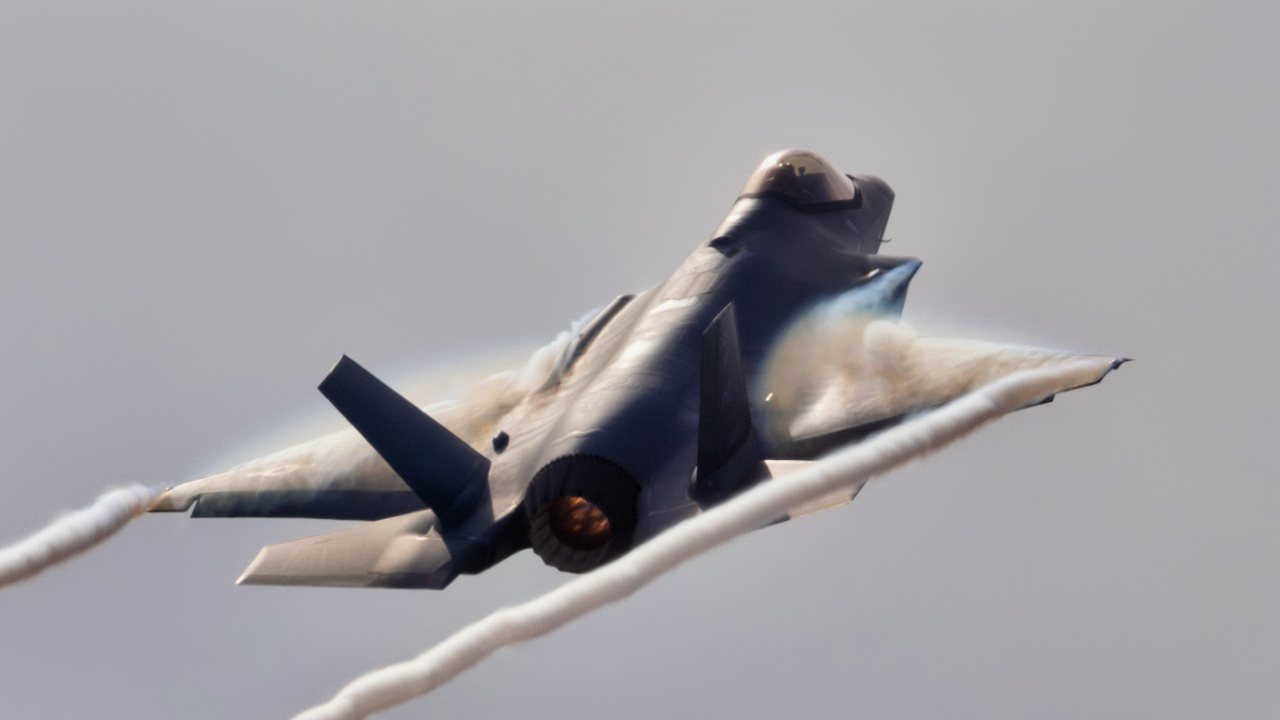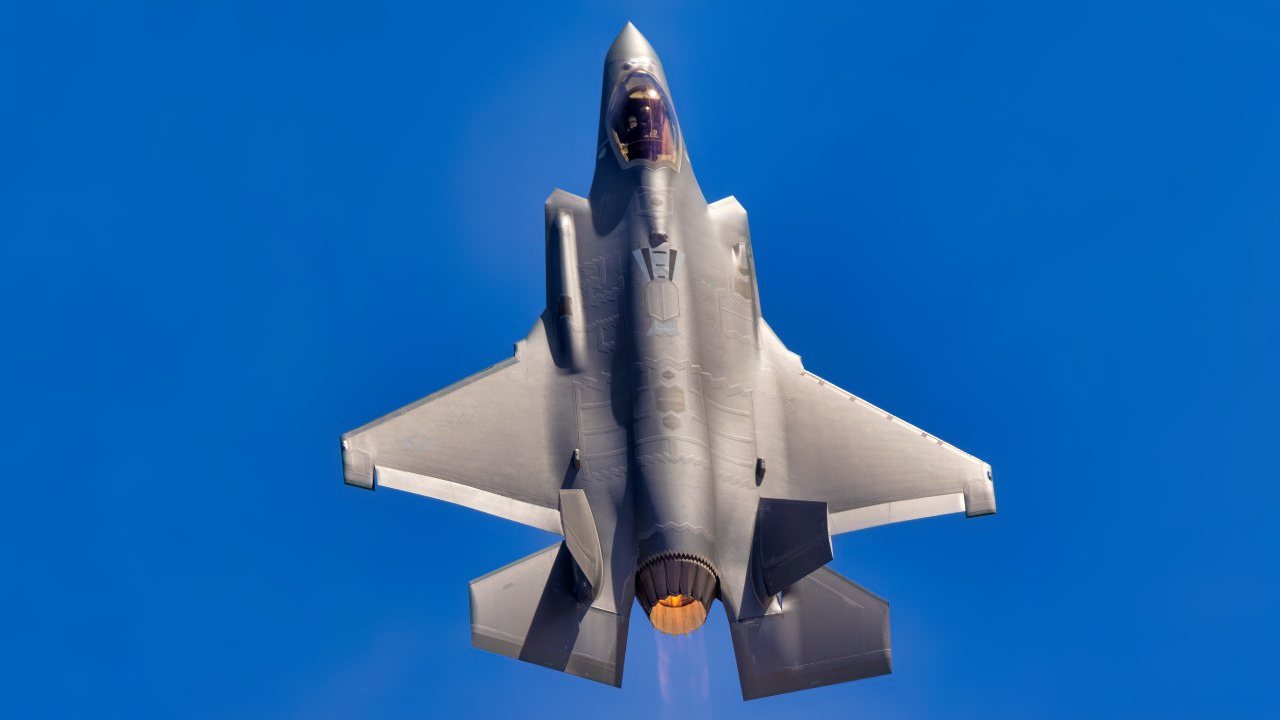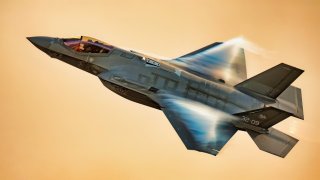No Stealth Vote of Confidence: F-35 Program Is Getting More Money
This recent development in U.S. military procurement showcases a significant investment in the F-35 Lightning II program, underlining the aircraft's strategic importance despite ongoing debates regarding its cost and complexity.
Summary: This recent development in U.S. military procurement showcases a significant investment in the F-35 Lightning II program, underlining the aircraft's strategic importance despite ongoing debates regarding its cost and complexity. The allocation of $541 million for additional F-35s and engine spares in the Fiscal Year 2024 bill reflects a continued commitment to enhancing the U.S. Air Force, Navy, and Marine Corps' capabilities. The decision to expand the F-35 fleet to 51 aircraft for the Air Force, alongside investments in engine upgrades and spare parts, suggests a balancing act between fiscal responsibility and the imperative of maintaining a competitive edge in aerial warfare technology.

U.S. Air Force to Acquire More F-35s: Balancing Fiscal Responsibility and Superior Airpower
The Lockheed Martin F-35 Lightning II has long been a lightning rod for criticism, and its detractors continue to suggest the aircraft is too complex and far too expensive. This past weekend, however, U.S. lawmakers showed they clearly think otherwise when they added three F-35 aircraft to the U.S. Air Force's acquisition for Fiscal Year 2024.
The final FY24 bill adds $541 million for F-35-related procurement. A total of $227 million goes to the purchase of three additional F-35As – the conventional takeoff and landing variant of the fifth-generation stealth multirole aircraft. Another $264 million will buy "engine spares,” which will be split evenly among the Air Force's F-35As and the Navy's and Marine Corps' F-35Bs and F-35Cs.
As reported by Air & Space Forces, it was not clear whether the engine money would buy full spare engines, or spare parts. Lawmakers have expressed concerns about F-35 readiness and the impact of shortages of engines and engine parts.
F-35: Fiscal Responsibility vs. National Security
The new funding increases the Air Force's 2024 acquisition of F-35As to 51 aircraft, up from the 48 initially requested. However, in the FY25 budget that was presented to Congress earlier this month, the service only asked to acquire 42 of the fifth-generation fighters. The Air Force cited cuts to several programs to fall in line with the Fiscal Responsibility Act.
It seems that even as lawmakers want fiscal responsibility, they still worry about the number of aircraft in the Air Force's fleet. Lawmakers are calling for the Air Force to acquire 72 fighters a year to stop numerical decline as the service divests aging aircraft, Air & Space Forces further reported.

In the FY25 budget, the Air Force requested 66 fighters. A full dozen of those would be F-15EXs, a program that has now been capped at just 89 aircraft. That number is down from the original plan of 188.
The FY24 bill will now fund a total of 86 F-35s for the U.S. armed services, including 16 for the Marine Corps and 19 for the U.S. Navy. The Department of Defense had asked for only 68 F-35s, across all services, in fiscal 2025.
F-35 Engine Upgrade Funded
The 2024 appropriations bill, which was signed into law on Saturday, also provided full funding for Pratt & Whitney to modernize the propulsion system of the F-35 Lightning II. The FY24 defense spending includes $497 million for the company's F135 Engine Core Upgrade, an initiative developed to boost the system's durability and to help unlock Block 4 capabilities.
The modernization is planned to transition to detailed design this year and to fielding in 2029. It will be available to all F-35 operators and will be compatible with all three aircraft variants, ExecutiveGov reported.
"This bill will allow Pratt & Whitney to deliver the current and future propulsion capabilities that will keep the United States and its allies on the cutting edge of fighter engine technology," said Jill Albertelli, president of Pratt & Whitney Military Engines.
Author Experience and Expertise: Peter Suciu
Peter Suciu is a Michigan-based writer. He has contributed to more than four dozen magazines, newspapers, and websites with over 3,200 published pieces over a twenty-year career in journalism. He regularly writes about military hardware, firearms history, cybersecurity, politics, and international affairs. Peter is also a Contributing Writer for Forbes and Clearance Jobs. You can follow him on Twitter: @PeterSuciu. You can email the author: [email protected].


